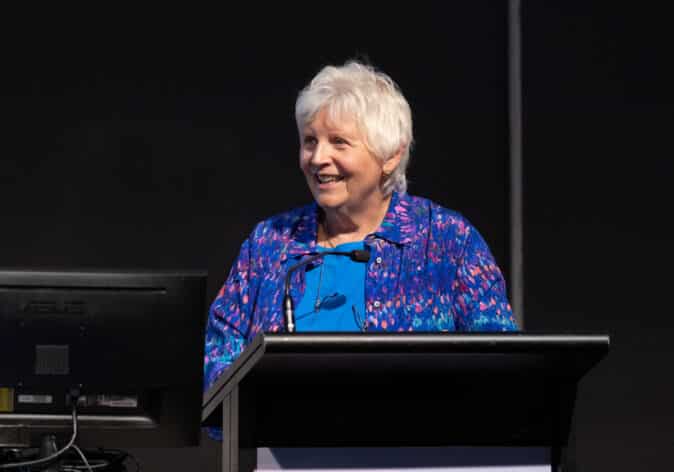Why Do We Measure Breast Cancer Survival?
The Australian Institute of Health and Welfare keeps track of survival rates for all cancers in Australia. The survival rate is a way of measuring how many people are alive at a certain time after a diagnosis.
For example, an 85% survival rate at five years means that five years after the diagnosis of breast cancer, 85% (or 85 out of every 100) patients are alive. It is a common way of understanding and comparing the outcomes for people with a range of different health conditions.
The chance of surviving breast cancer five years from diagnosis has increased from 73% to 91% in the last 20 years in Australia, thanks in large part to clinical trials research. The uptake in breast cancer screening has also contributed to this increase, with screening allowing for breast cancers to be found earlier.
But this overall number changes dramatically depending on what stage of breast cancer you are diagnosed with.
The Australian Institute of Health and Welfare has released its latest data on five-year survival rates.
It shows that those diagnosed with stage one breast cancer have a 100% five-year survival rate whereas those diagnosed at stage four have a 32% five-year survival rate.
Why Is There A Difference In Survival Rates?
There are a number of reasons why the survival rate decreases from stage one to stage four. When breast cancer metastasises, or reaches stage four, it has spread beyond the breast to other organs in the body which makes it more difficult to treat. In some cases, this is because it has already been exposed to therapeutic drugs and has acquired a resistance to them.
What is metastatic breast cancer?
The data from the Australian Institute of Health and Welfare (AIHW) shows that age had little impact upon survival rates for early breast cancer.
Females diagnosed with early stage (stage one and two) breast cancer had similar survival rates across all ages. However, females diagnosed with advanced cancer had lower survival with increasing age.
The data also showed that your postcode has little impact upon your survival, with survivors generally similar by remoteness and socioeconomic status area.
How Is Breast Cancer Trials Research Helping to Improve Survival Rates?
Breast Cancer Trials is actively working to increase survival rates across all breast cancers.
Breast Cancer Trials currently has two clinical trials open to patients with early breast cancer; EXPERT and OPTIMA, three clinical trials open to those with metastatic breast cancer; FINER, and CAPTURE, and one clinical trial open for the prevention of breast cancer; BRCA-P.
Support Us
Help us to change lives through breast cancer clinical trials research



